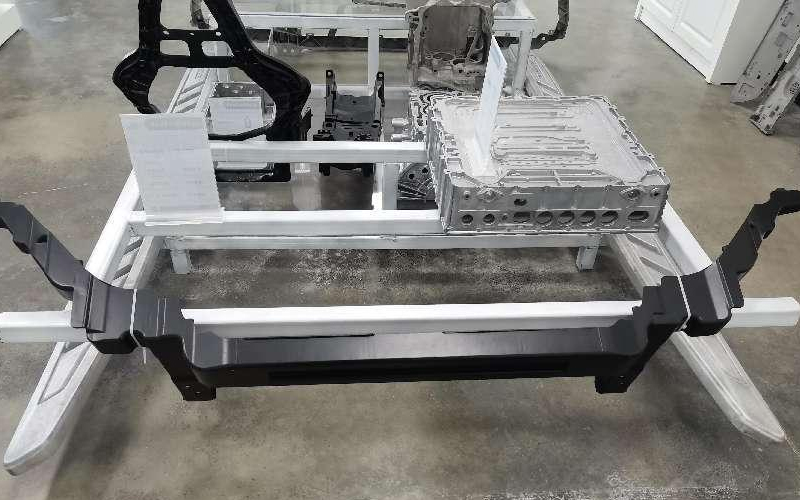Die casting is a manufacturing process that involves injecting molten metal into a mold cavity under high pressure. The mold is typically made from steel and consists of two halves that are opened and closed hydraulically. The process is ideal for producing high-volume parts with excellent surface finish and dimensional accuracy. However, the quality of the die casting mold is critical to the success of the process. In this article, we will discuss the key factors that contribute to creating quality die casting molds for high-volume production.
Design for Manufacturing
The first step in creating a quality die casting mold is to design it for manufacturing. The mold designer should consider the part geometry, material selection, and gating system. The part geometry should be designed to minimize undercuts and thin sections, which can cause casting defects. The material selection should consider the melting point, fluidity, and shrinkage of the metal being cast. The gating system should be designed to allow the molten metal to flow smoothly into the mold cavity and prevent air entrapment.
Material Selection
The mold material should be selected based on the expected production volume and the metal being cast. For low-volume production, an aluminum mold may be sufficient, but for high-volume production, a steel mold is recommended. The mold material should have high thermal conductivity to allow for rapid cooling and solidification of the molten metal. The surface finish of the mold should be smooth and free of defects to prevent casting defects.
Mold Making
The mold making process involves several steps, including rough machining, heat treatment, finish machining, and polishing. The rough machining removes most of the excess material from the mold, leaving only a small amount for finish machining. The heat treatment process involves heating the mold to a specific temperature and cooling it slowly to improve its strength and durability. The finish machining process involves removing the remaining excess material and creating the final shape of the mold. The polishing process involves using abrasive materials to create a smooth surface finish on the mold.

Maintenance and Repair
Regular maintenance and repair of the die casting mold are crucial to maintaining its quality and performance. The mold should be cleaned and inspected regularly for signs of wear and damage. Any defects or damage should be repaired immediately to prevent casting defects. The mold should also be lubricated regularly to prevent corrosion and to ensure smooth operation during the casting process.
Conclusion
Creating quality die casting molds for high-volume production requires careful consideration of many factors, including design for manufacturing, material selection, mold making, and maintenance and repair. By following these best practices, manufacturers can achieve consistent, high-quality castings and maximize the productivity and efficiency of their die casting operations.
-

- Magnezijumska legura livenje pod pritiskom Auto delovi Okvir farova
-

- Magnesium alloy thixomolding die-casting UAV parts C
-

- Lijevanje pod tlakom od legure mangenzija Tiksomoblikovanje metalnih dijelova
-

- Bicikl Freehub 12/14/16 inča Dječji bicikl Low Rider Bicikli Magnezij aluminijske legure Dječji bicikl 3-8 godina na zalihama
-

- Magnesium alloy die-casting wheel for ebike
-

- Okvir LED displeja od livenog pod pritiskom od legure magnezijuma

 0086-750-5616188
0086-750-5616188 +86 13392089688
+86 13392089688 sales@zhongmei-tech.com
sales@zhongmei-tech.com







